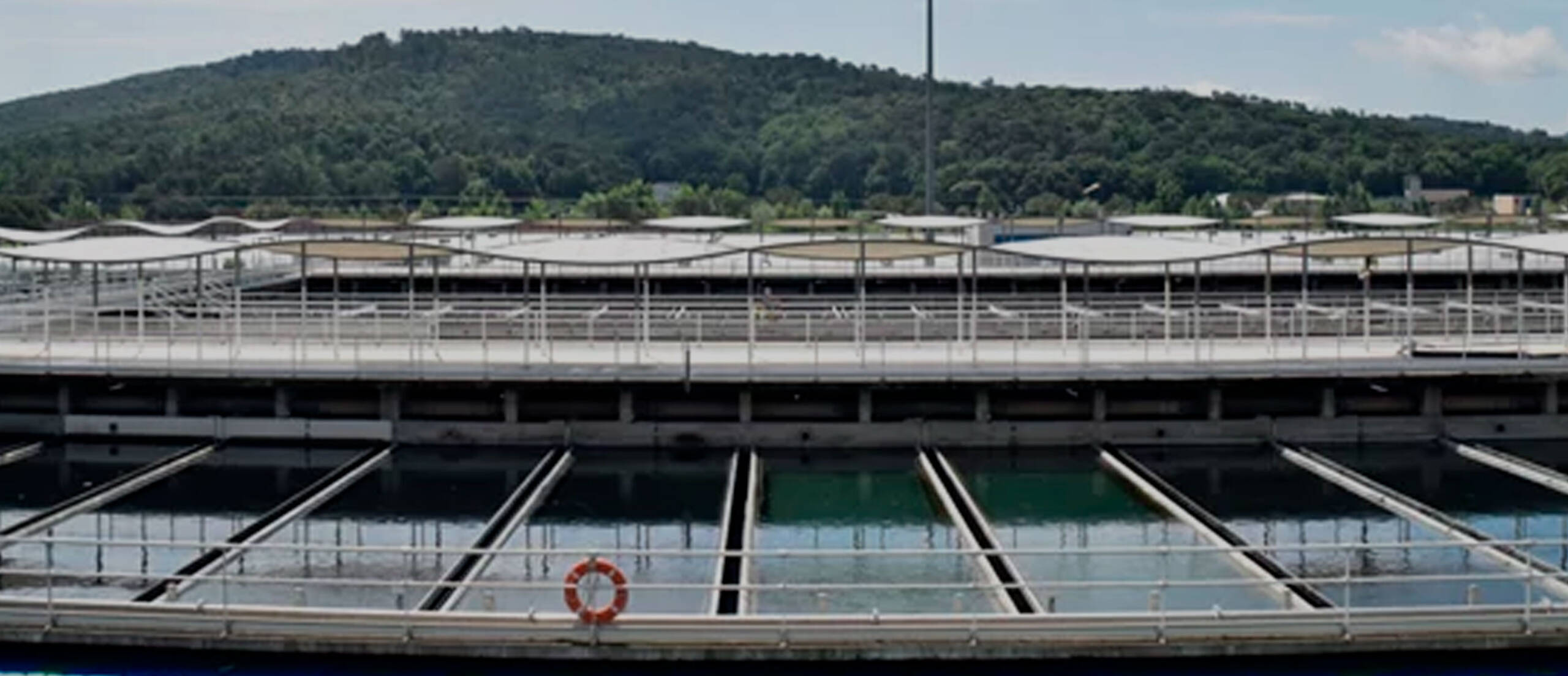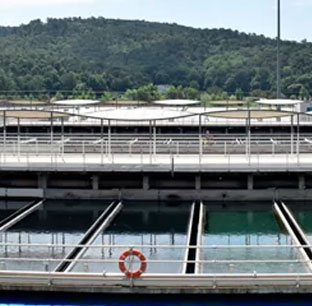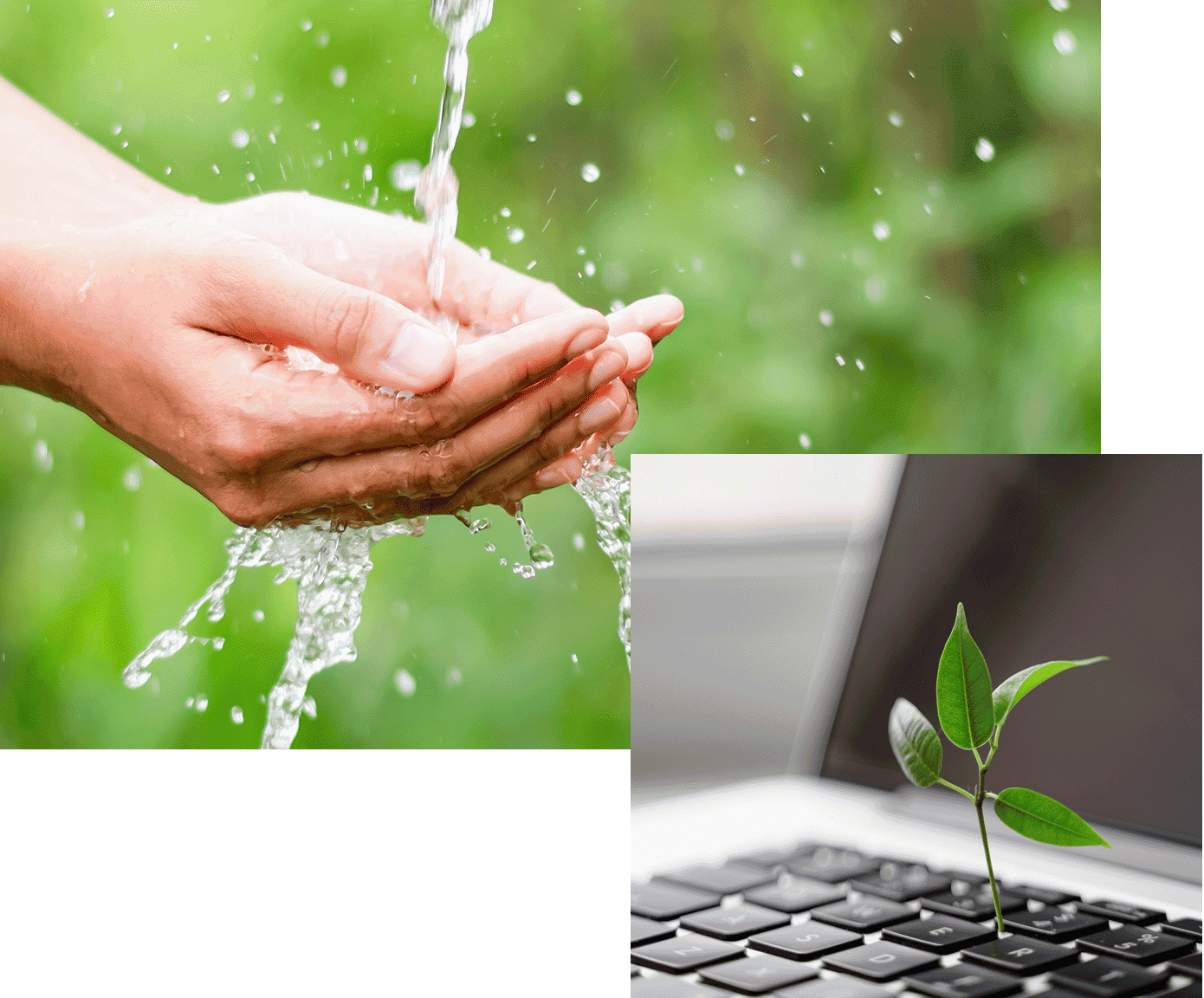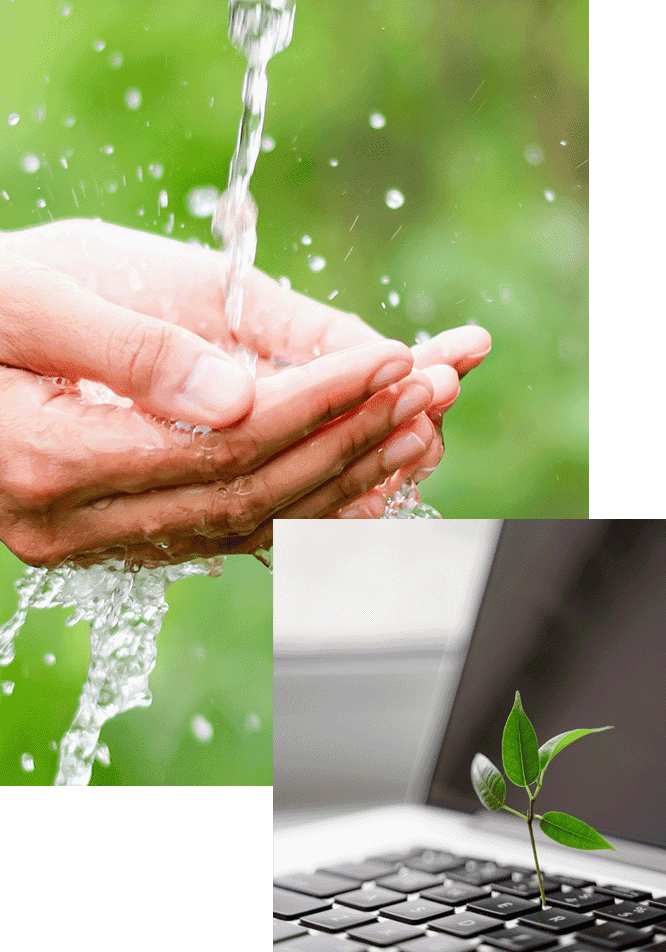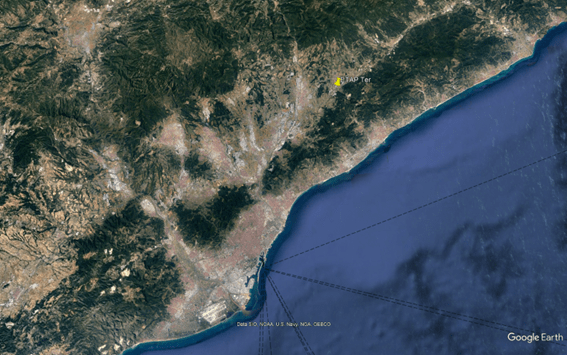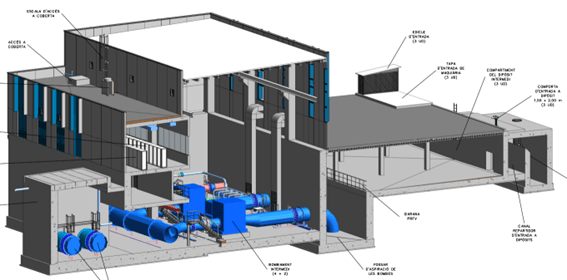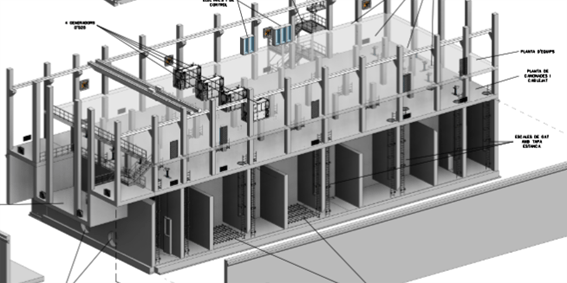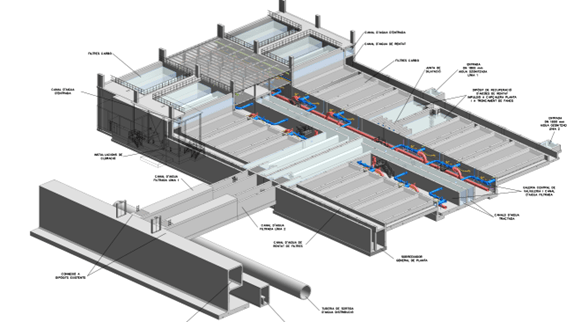Overview
The government of Catalonia is responsible for providing safe, clean drinking water to over four million citizens. It does this through the operation and management of five water treatment plants, which purify natural sources of water for distribution.
The TER supply plant plays a crucial role in distributing the treated water to citizens. To ensure that the quality of domestic water remains high, Aigües Ter-Llobregat, the organization responsible for managing the supply network of the Ter and Llobregat Rivers, recently recognized the need to upgrade the treatment capacity of the plant. The upgrades aim to address concerns related to organic matter and organoleptic properties such as taste, odour, and colour.
By improving the quality of water supplied to citizens, Aigües Ter-Llobregat hopes to eliminate the wasteful consumption of water in plastic bottles. This move towards a more sustainable and eco-friendly approach to water consumption is essential in protecting the environment and promoting a more responsible way of living.
Our work
The Ter drinking water supply plant has been serving the municipalities of Cardedeu, Llinars, and La Roca del Vallés in Barcelona since 1966, with an original treatment capacity of eight m3/s, equivalent to 700,000 cubic meters of water per day. Recently, the client appointed Ayesa to upgrade the plant and improve the quality of drinking water. Ayesa oversaw the construction and detailed design, which included the installation of a water pumping station, ozone contact equipment, granular activated carbon filters, and a new disinfection system. The upgrades were designed to handle a flow rate of 8 m3/s, and the aim is to enhance the quality, odour, taste, and colour of the supplied water.
This project is beneficial to citizens in the Barcelona Metropolitan Area, as the TER plant can meet about 50% of the demand. The upgrade project will also provide sustainable benefits by reducing the need for alternative water treatment systems such as domestic water treatment and the purchase of bottled water, leading to a decrease in the consumption of non-reusable plastics.
Ayesa's use of Building Information Modeling (BIM) technology was instrumental in keeping the plant operational during construction. BIM promotes cost savings and is an effective project management tool that fosters collaboration across the entire project team.
Added value
The TER plant upgrade brought several benefits for both the community and the local authorities, including:
1. Benefits for the community:
Improved quality of domestic water: The upgrade improved the plant's treatment capacity, which led to better quality water with improved organoleptic properties (taste, odour, and colour).
Increased water supply: The TER plant can meet approximately 50% of the demand in the metropolitan area, so the upgrade increased the availability of drinking water for the community.
Reduced need for alternative systems: The improvements reduced the need for domestic water treatment or bottled water, reducing the consumption of non-reusable plastics.
Environmental benefits: By reducing the need for alternative systems and improving water quality, the TER plant upgrade positively impacts the local ecosystem.
2. Benefits for local authorities:
Improved infrastructure: The TER plant upgrade involved the upgrading of several vital components, including sand filters, a water pumping station, ozone contact equipment, granular activated carbon filters, and a new disinfection system. This improved infrastructure increased the plant's efficiency and reliability.
Cost savings: By using BIM technology for project management, Ayesa helped to reduced costs by collaborated more effectively with the Project team and ensuring the existing plant was kept operational during the upgrade process.
Enhanced reputation: By investing in upgrading critical infrastructure, local authorities can strengthen their reputation as responsible and proactive stewards of public resources.
